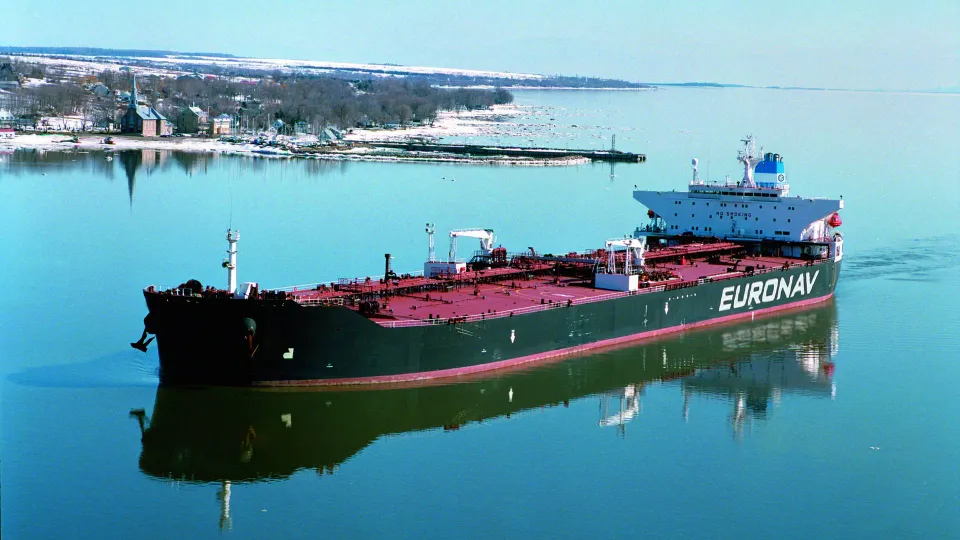Tanker operator Euronav rejuvenates its fleet of VLCCs by purchasing two second-hand tankers and selling four older ships. Buying second-hand vessels of a relatively new date is advantageous compared to newbuilds, according to Euronav.
Belgian tanker carrier Euronav has acquired two second-hand crude oil tankers of the VLCC (very large crude carrier) type and furthermore divests four older VLCCs, writes the company in a press announcement.
Purchasing the two tankers, respectively from 2019 and 2020, costs Euronav USD 179m, while the sale of the four ships has a value of USD 198m.
According to Euronav, the purpose of the deals is to rejuvenate the carrier’s fleet of large crude oil tankers. The average age of Euronav’s fully owned VLCCs is brought down from 7.3 to 6.6 years, reads the statement.
”These top of the range eco-vessels will deliver an improvement in our operational performance upon delivery later this quarter. The price represents good value in the context of high newbuild prices and extended delivery schedules for new tonnage, but also in the swapping out of older for newer tonnage,” writes Euronav.
The two acquired tankers are equipped with scrubbers for cleaning their exhaust systems and have a lower energy consumption than the four sold-off vessels. These are from 2011 and 2012 and have a markedly higher fuel consumption and carbon emissions compared to the newer vessels.
Merger with Frontline
Euronav and competitor Frontline, controlled by shipping tycoon John Fredriksen, have announced that they are preparing a merger.
However, Euronav’s largest shareholder, Belgian shipping group CMB, controlled by the Saverys family, has declared its opposition to a merger with Frontline.
According to CMB, the strategy prompts concern over Euronav’s future.






